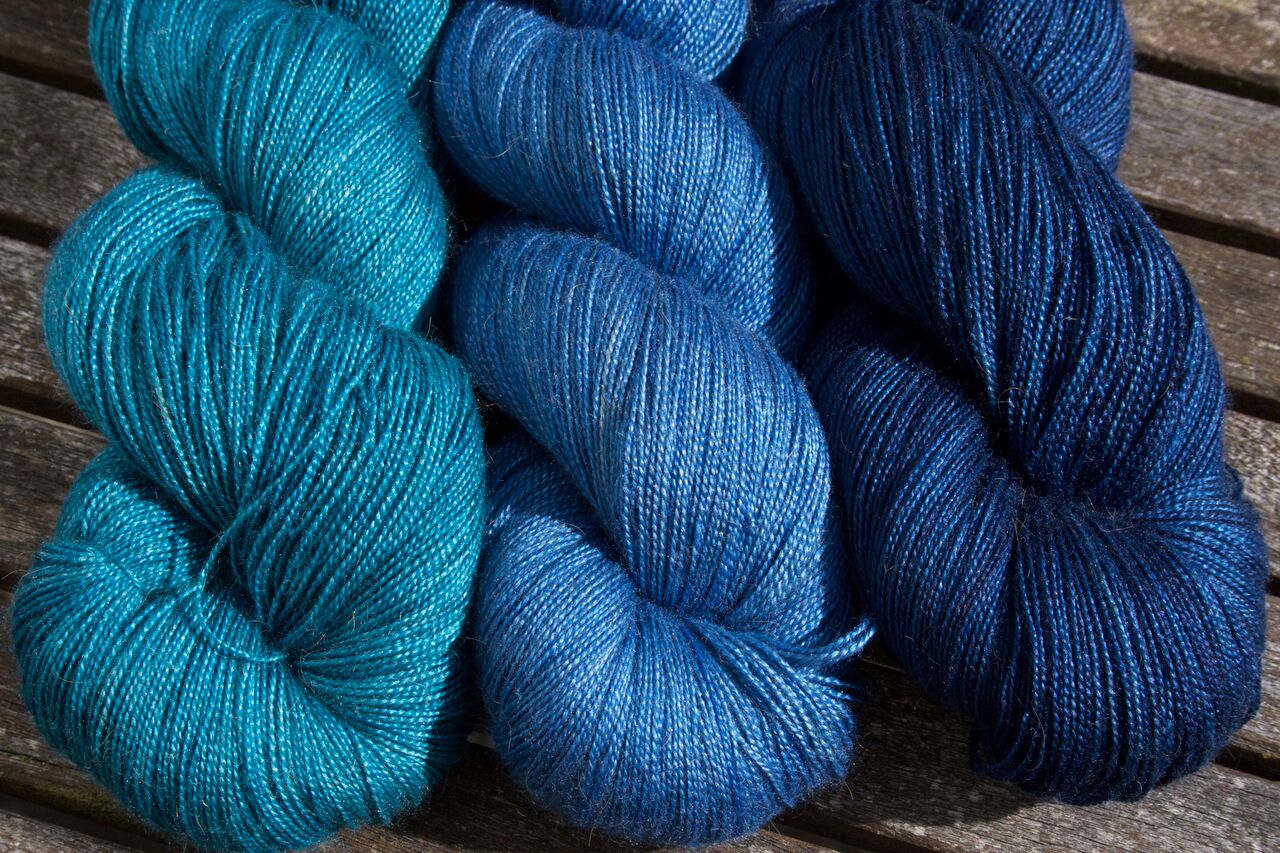Welcome to the second of ten posts introducing the patterns in This Thing of Paper. We are close to launching, so I want to take you through the patterns and their stories.
The Scriptorium mitts are worked in the round with an afterthought thumb. They are a great little colourwork project: the tops of the hand feature mirrored quills/feathers, whilst the palms have a small pattern meant to invoke writing. The mitts have contrast cuffs and thumbs - the cuff comes complete with a tiny pattern reminiscent of manuscript decorations. The sample uses Blacker Swan 4ply - a plump, lovely fingering weight yarn that comes in a wide range of colours.
The pattern is named after the building/room in which scribes worked on writing books. I have long been fascinated by makers' hands and wanted to design something that played off that obsession. It was an obvious idea to make a pair of mitts, but I spent some time playing around with what sort of mitts would work.
Did I want something which a scribe would have worn whilst working in a cold scriptorium? Something like a wrist warmer with no thumb or shaping? Seeing as I wanted to emphasise the hand, I decided against a wrist warmer. It was not until I began thinking about quills, scrolls, and ink that the decision was made for me (of sorts). Playing around with charts, I liked the way a quill filled my blank canvas. The rest of the design came together rather quickly.
The pattern essay is concerned with makers' hands and bodies. I discuss the twin notion of memory and creativity. My story of how I got back into knitting is included (as it is itself a story about memory and creativity) and I dig into the idea of makers' bodies. I particularly like the idea of people using their hands to knit something celebrating the making of things with your hands.























